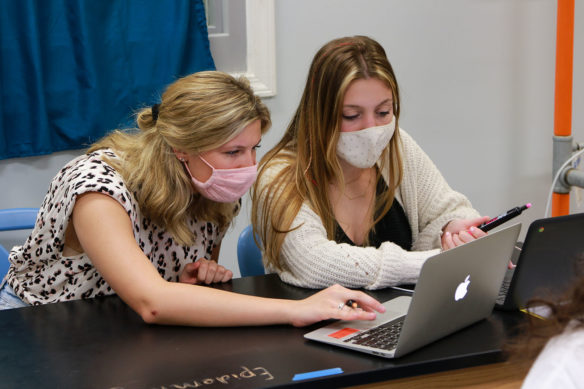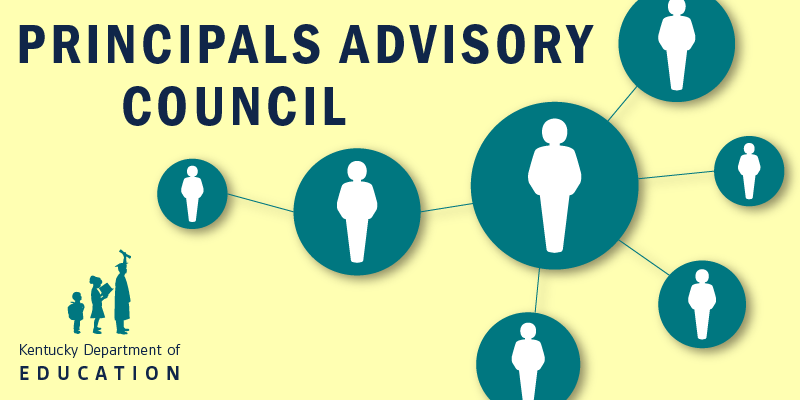
The General Assembly wrapped up a three-day special session on Sept. 9, with Senate Bill 1, which includes a number of provisions that will significantly affect the way schools operate for the remainder of the school year. The most prominent part of SB 1 was the elimination of the emergency regulation on school masking issued by the Kentucky Board of Education on Aug. 12.
Photo by Jacob Perkins, May 6, 2021
The General Assembly wrapped up a three-day special session on Sept. 9, with Senate Bill 1 including a number of provisions that will significantly affect the way schools operate for the remainder of the school year.
SB 1 can be broken down into three different areas: public health, attendance/calendar issues and staffing issues.
Public Health
The most prominent part of SB 1 was the elimination of the emergency regulation on school masking issued by the Kentucky Board of Education (KBE) on Aug. 12. Beginning Sept. 17, KBE’s mandate has been made “null, void, and unenforceable,” according to the bill, leaving districts to set their own policies. Commissioner of Education Jason E. Glass has encouraged districts to follow the same public health data and guidance from the U.S. Centers for Disease Control and Prevention and the Kentucky Department for Public Health (DPH) to make their decisions as the KBE did in issuing the mandate.
SB 1 also directed DPH to create a model “Test to Stay” school program that will allow students and staff to stay in their building even after exposure by testing them daily to ensure they are not COVID-positive. The program is intended to help prevent mass quarantines that lead to students learning remotely. Local health departments are mandated to help with these plans, and although there are funds available to help, personnel and training capacity may limit how many districts can take advantage.
Attendance and School Calendars
The General Assembly also granted a limited number of tools to address school attendance and calendar issues.
First, districts will have access to 20 “temporary remote instruction” days to use for individual schools, grades, classrooms or student groups for the fall semester only. These days would not count toward their allotted non-traditional instruction (NTI) days and would allow districts that are experiencing pockets of attendance or staffing issues to teach groups remotely while allowing the bulk of the district to attend school in person.
Districts were granted the flexibility to meet their required 1,062 hours of instruction by extending their school day to up to 7 instructional hours and reducing the number of instructional days below 170.
So districts can focus on student instruction rather than attendance-based funding concerns, SB 1 allows districts, for one more year, to use historical attendance data rather than the current year’s data when calculating the next school year’s SEEK funding. There also is language indicating the 2022 General Assembly will make provisions for districts that have gained students since that historical data was gathered. Although funding will not be based on attendance, districts still will be required to enforce attendance laws.
Finally in this area, greater restrictions were placed on teachers during NTI days. If the NTI day is used for COVID reasons, teachers will be required to be present in their classroom to provide instruction during the school day, with exceptions for teachers in quarantine.
Staffing Flexibility
Districts were given significant flexibility in hiring practices during the special session. Anyone with 64 hours of college credit or a high school diploma and four years of relevant experience can be hired as an emergency substitute teacher; classified staff can provide instruction without direct certified staff supervision.
SB 1 also loosened some of the restrictions on retirees who return to service. As long as the person was retired by Aug. 1, the break-in-service mandate has been reduced to one month, and the cap on retirees returning to service through the critical shortage program was increased to 10% of the district’s active certified staff. This flexibility for retirees will expire in January, so this is only a short-term solution.




Leave A Comment